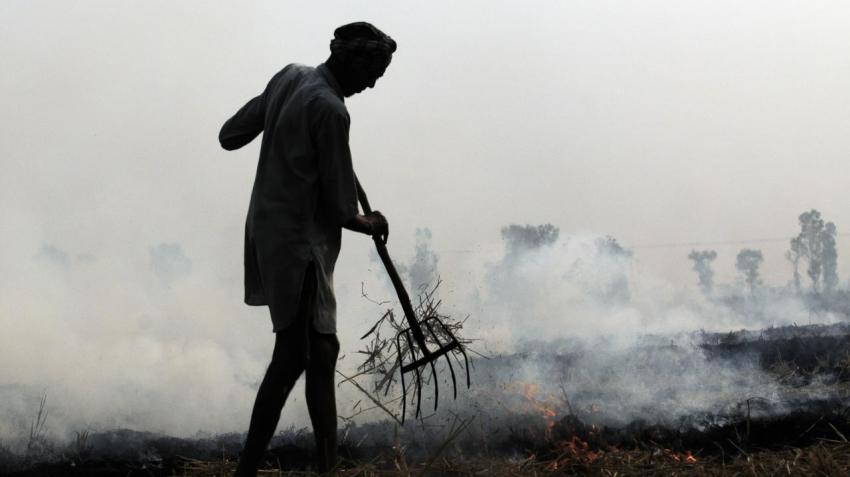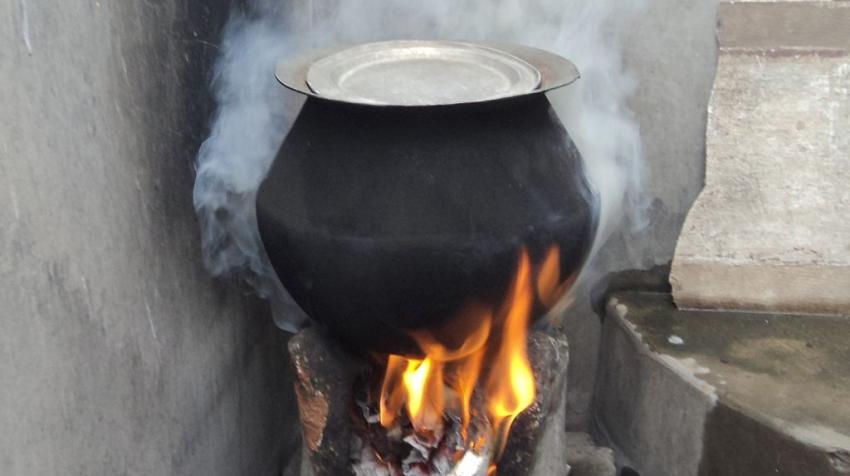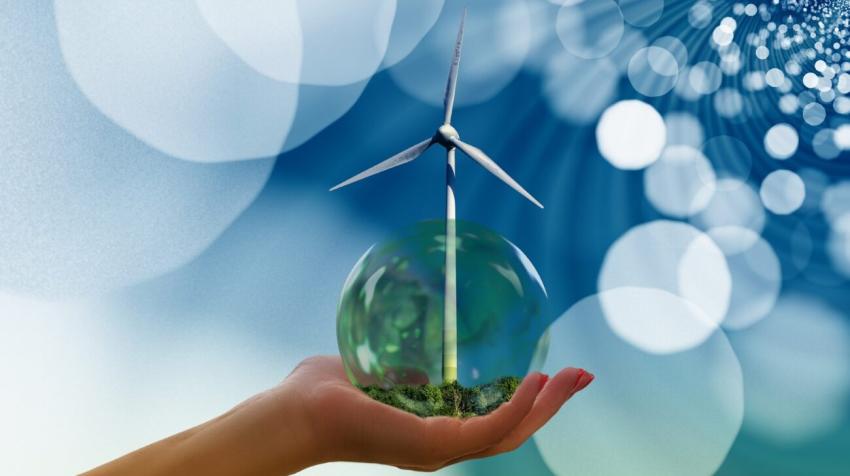26 January 2024
Today, 26 January 2024, marks the first International Day of Clean Energy. As we celebrate this late-winter day in the northern hemisphere, in parts of Bangladesh, India, Nepal and Pakistan, winter smells of smoke. When the seasonal chills set in, late in the evening, you can see people—usually men—huddled around fires of kindling, packing material and coal, as coal-fired brick kilns and smoldering stubble in the wheatfields give their winter air its pervasive acrid, throat-burning odor. Winter is a season of plenty in these countries, as local markets overflow with fresh, seasonal vegetables; it is also a season of sickness, not the least because of hazardous levels of air pollution.
The hazards of dirty fuels go beyond the health effects of air pollution. Their impact extends from individuals to communities and further to Earth systems—from the impaired lifetime health prospects of the unborn baby of the pregnant young woman cooking over a dirty fire, to the harming of indigenous communities, to the melting of the polar ice caps raising sea levels across the globe. Because of its outsized impact on people and systems, a just transition to clean energy can catalyse progress across multiple Sustainable Development Goals, including those addressing climate change and poverty. United Nations Secretary-General António Guterres, in his message issued for this first observance of the International Day, called clean energy “the gift that keeps giving”.
Unpacking the gift that is clean energy involves untangling a few different threads in the transition challenge. Clean energy lies at the intersection of two of the most difficult problems facing humanity—climate change and extreme poverty. The relationship between dirty energy and climate change is relatively straightforward in the sense that the burning of hydrocarbons contributes directly to the release of carbon dioxide and other greenhouse gases. Extracting hydrocarbons, like other mining activities, destroys ecosystems and releases stored carbon from soil and seas, sometimes in the form of methane, which has an even stronger greenhouse impact than carbon dioxide.
The connection between dirty energy and poverty is more complex. Poverty is driven by a multitude of factors, lack of access to modern energy being one. The correlation between poverty and lack of access to clean energy is high: as of 2023, some 675 million people were not on an electricity grid, and 2.3 billion people were cooking with dirty fuels. Some 670 million people may be living in extreme poverty and close to 3.6 billion live on less than $6.85 per day (2017 PPP). For many of these people, income poverty could be why they cannot afford modern energy. At the same time, energy poverty is likely perpetuating income poverty through impaired health, education and livelihoods.

In addition, the poorest suffer the most from environmental impacts when the affluent use electricity generated by the burning of coal or fly on private jets. On the other hand, billions of people living in poverty or nearly in poverty work in sectors that are heavily reliant on dirty energy. The interlinkages defy attempts to reduce the clean energy challenge to neat binaries like emissions and access or mitigation vs. adaptation. So how does one untangle the Gordian Knot that is the transition to clean energy?
The words “clean energy” bring to mind images of wind turbines and solar panels. Think further, and the words “hydrogen”, “geothermal”, “hydropower” and possibly “nuclear” come to mind. This is because much of the current discourse on clean energy is focused more on addressing emissions from energy production and less on poverty, even though all global development frameworks reference energy poverty upfront. Why does it even matter, given how climate change hurts the poorest the most?
It matters because depending on the thread we pull, we are led to different policy choices, different investments decisions, different sequencing of investments, and different paths to averting a climate catastrophe. Whether we invest limited resources in research for low-carbon fuels for airplanes or low-cost, clean off-grid energy, whether start-ups focus on increasing the use of hydrogen fuel or finding low-emission cooling solutions for the lowest-income groups, whether venture capitalists fund boutique travel solutions or financial technology (“fintech”) companies that will enable the poorest to access clean energy depends on which thread we follow. Ultimately, it will determine whether our early investments are aimed at protecting the consumption patterns of the uber-rich or bringing the poorest out of extreme poverty.

A focus on ending poverty will drive the solutions we seek for clean energy in the longer term, as well. In the next decade, conflicts and climate-related hazards will be major drivers of poverty and displacement. To meet the energy needs of climate- and conflict-displaced people, we will require low-cost, safe, portable solutions for the generation and delivery of clean energy. This poses a design challenge. Our energy infrastructure will also need to become resilient to more severe climate-related hazards. As the planet inevitably warms and summers become hotter and last longer, the global poor will need access to cooling solutions to stave off heat-induced illnesses and organ failures. At least a part of these solutions will be energy-dependent, vastly increasing the demand for clean energy.
Damilola Ogunbiyi, Special Representative of the United Nations Secretary-General for Sustainable Energy for All, wrote in 2021, “It is not enough to think of energy merely as a lever in the fight against climate change, but one that is critical to recovering better, restoring economic activity and progress and empowering millions to break free of the shackles of poverty and poor health….”
United Nations General Assembly resolution 77/237, by which the International Day of Clean Energy was proclaimed, begins by invoking the 2030 Agenda for Sustainable Development and “its recognition that eradicating poverty in all its forms and dimensions, including extreme poverty, is the greatest global challenge and an indispensable requirement for sustainable development”.
What we know collectively needs to translate into changes in the way we channel our limited resources, in the conversations we have, and the pathways we choose. Climate change is an existential threat. So is extreme poverty, though exclusively for the poor. Poverty-prioritized climate action will lead us to solutions that might be more effective, and will be more ethical.
The author gratefully acknowledges Khaled El Mekwad and Silke Brockhausen for their review and comments on this article.
The UN Chronicle is not an official record. It is privileged to host senior United Nations officials as well as distinguished contributors from outside the United Nations system whose views are not necessarily those of the United Nations. Similarly, the boundaries and names shown, and the designations used, in maps or articles do not necessarily imply endorsement or acceptance by the United Nations.




